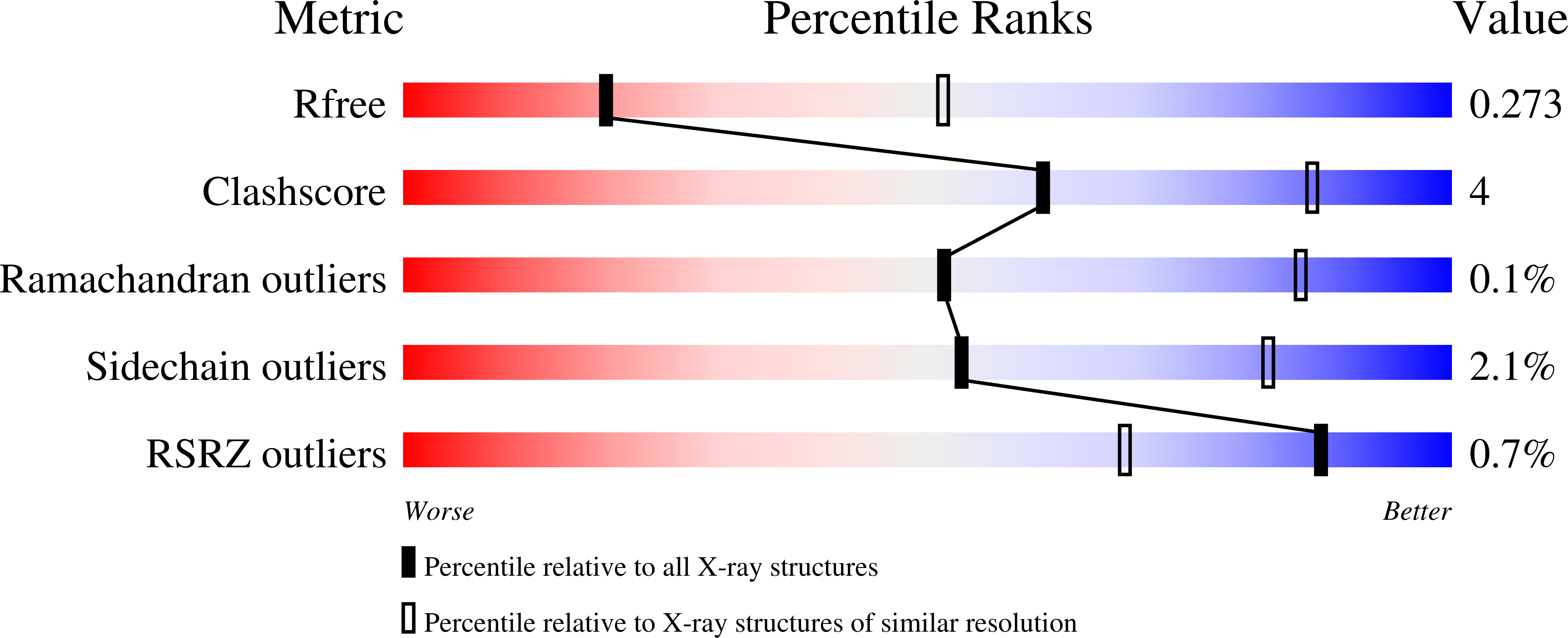
Deposition Date
2020-12-28
Release Date
2021-09-01
Last Version Date
2024-11-13
Entry Detail
PDB ID:
7L7E
Keywords:
Title:
Crystal structure of SARS-CoV-2 spike RBD in complex with human monoclonal antibodies AZD8895 and AZD1061
Biological Source:
Source Organism:
Homo sapiens (Taxon ID: 9606)
Severe acute respiratory syndrome coronavirus 2 (Taxon ID: 2697049)
Severe acute respiratory syndrome coronavirus 2 (Taxon ID: 2697049)
Host Organism:
Method Details:
Experimental Method:
Resolution:
3.00 Å
R-Value Free:
0.27
R-Value Work:
0.21
R-Value Observed:
0.21
Space Group:
P 1 21 1


